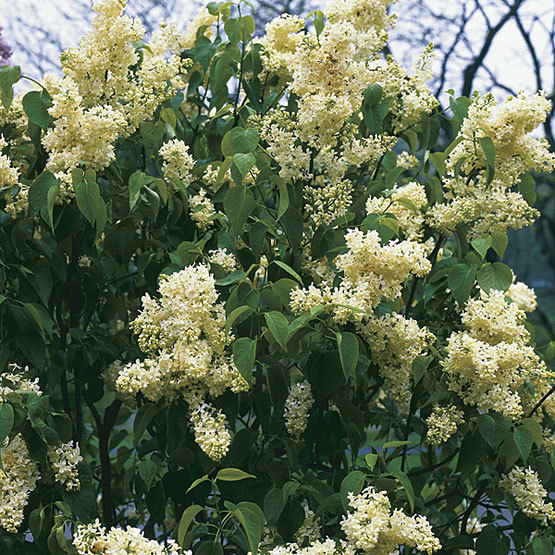
Syringa are classic garden shrubs and small trees that bear deliciously fragrant, tubular flowers that capture the essence of spring. Out of bloom, they often fade into the background. Some species are grown as specimens or in groups in the lawn or shrub border; they also form a good privacy hedge. The flowers are beloved for bouquets, and when in bloom, hummingbirds and butterflies adorn them.
Noteworthy CharacteristicsLilacs bear colorful panicles of tubular flowers that exude an exquisite and unique fragrance of their own. Lilacs are generally a forgiving bunch, tolerant of roadside sites and neglect. Most lilacs require a period of chilling dormancy. Because they are fire-retardant, they can be considered for planting near homes that are susceptible to wildfires.
CareGrow in reasonably fertile, well-drained soil in full sun; prefers neutral to slightly alkaline soil. Plant in areas with good air circulation to thwart disease. Promptly deadhead spent blossoms to produce more robust blooms for the following year. Prune lightly (or renovate S. vulgaris ) in late winter or early spring to maintain a healthy framework, remembering that most species form flowers on the previous season's growth.
PropagationSow seed in a cold frame when fresh or in the spring. Take softwood cuttings or layer in early summer. Graft in winter; bud in summer.
ProblemsPowdery mildew, dieback, leafroll virus, mycoplasma-like organisms (MLO), root-knot nematode, verticillium wilt, witches' broom, bacterial leaf spot, anthracnose, borers, scale, caterpillars.





























